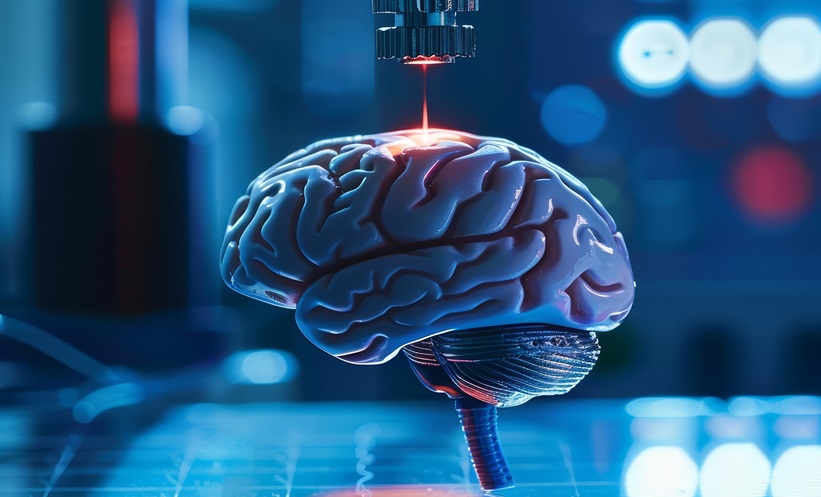RESEARCHERS have developed an innovative 8-channel neural stimulation chip that achieves 98% power efficiency while delivering exponential waveforms, marking significant improvements in both efficiency and safety for brain-machine interfaces and neural modulation therapies. This advancement addresses key challenges in neural stimulation, including charge imbalance and high-power demands, making it a promising tool for treating neurological conditions like Parkinson’s disease and spinal cord injuries.
The development of the chip involved sophisticated engineering to balance high-voltage applications with tissue safety. Researchers employed a dual-slope control scheme for charge balancing, supported by an integrator circuit and an active charge-balancing circuit in each channel. These mechanisms ensure that residual charge after stimulation is minimized to less than 3 nC per cycle, reducing potential tissue damage. The chip was fabricated using 180-nm BCD CMOS technology with a core area of 13.25 mm². In both in vitro and in vivo experiments, including tests on the vagus and sciatic nerves of anesthetized rats, the chip reliably induced motor responses without causing tissue harm. The stimulator’s output power efficiency reached 98%, and the maximum charge imbalance was only 0.77%, demonstrating the device’s precision and safety.
The results suggest that this chip could revolutionize the future of neural stimulation therapies, offering safer and more efficient treatments. By ensuring high power efficiency and maintaining precise charge balance, this technology addresses critical limitations in current devices, which often face challenges in balancing high voltage requirements and tissue safety. In clinical practice, this chip could significantly improve therapeutic outcomes for patients with neurological disorders by providing more reliable and controlled neural stimulation. Future considerations include testing the chip in human clinical trials and exploring its application in other neuromodulation therapies, as well as its integration into more advanced brain-machine interfaces. This innovation sets the stage for further development of medical devices that can deliver high-voltage neural stimulation more safely and efficiently.
Reference
Liu X et al. An 8-channel high-voltage neural stimulation IC design with exponential waveform output. Neuroelectronics. 2024;1:0001.








